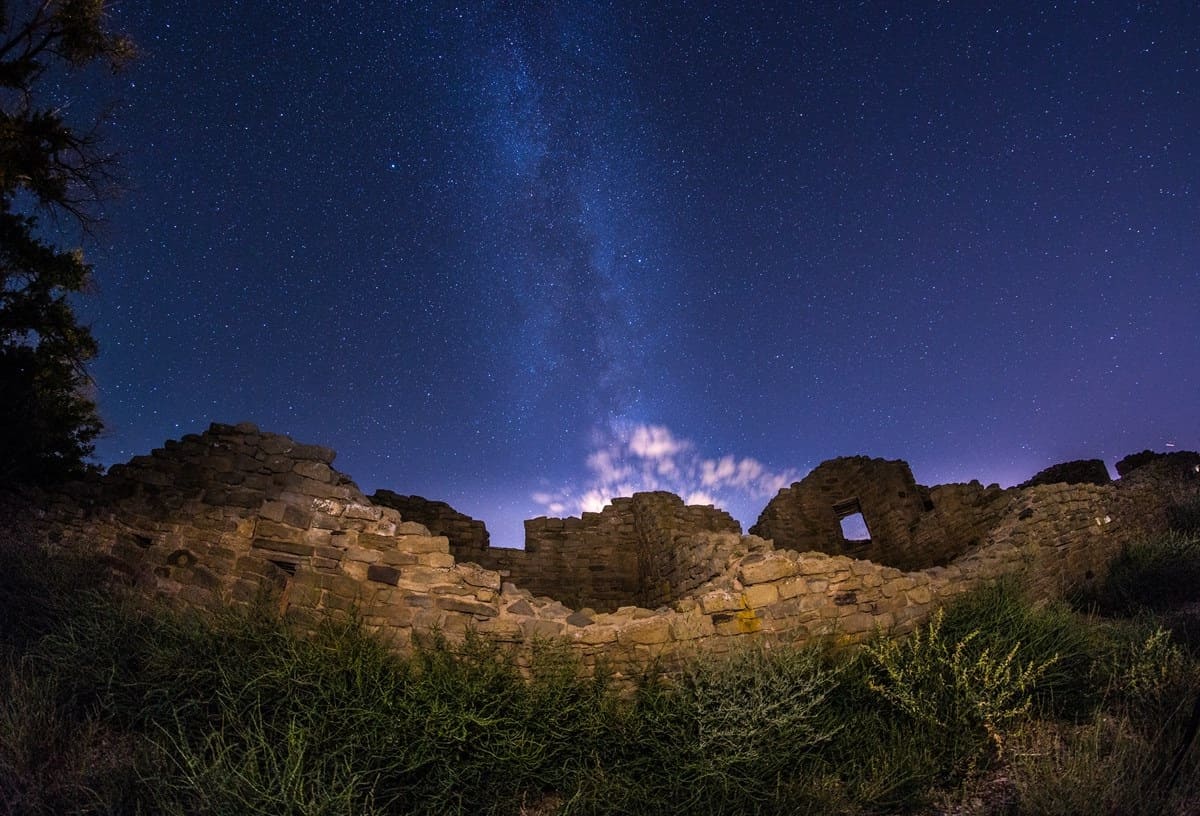Mystery Sites Of Southwest Archeoastronomy In Arizona

Have you ever wondered about the ancient mysteries hidden in the Southwest? Arizona, with its rich history and stunning landscapes, offers a unique glimpse into the past through archeoastronomy. This fascinating field studies how ancient cultures understood and used the sky. In Arizona, you'll find sites where Native American tribes aligned structures with celestial events like solstices and equinoxes. Imagine standing where ancient astronomers once observed the stars, using them to guide their agricultural and ceremonial practices. From the famous Chaco Canyon to lesser-known petroglyph sites, Arizona's archeoastronomical wonders invite you to explore a world where the sky and earth were deeply connected. Ready to uncover these ancient secrets? Let's dive in!
Unraveling the Mysteries of Southwest Archeoastronomy
Arizona, a land of stunning landscapes and ancient cultures, holds secrets of the skies within its rugged terrain. Archeoastronomy, the study of how ancient civilizations understood and utilized celestial phenomena, reveals fascinating insights into the lives of those who once roamed this land. Let's explore some of the most intriguing archeoastronomical sites in Arizona.
Ancient Observatories in the Desert
The desert landscape of Arizona hides many ancient observatories that were used by early inhabitants to track celestial events. These sites offer a glimpse into the sophisticated knowledge of astronomy possessed by ancient cultures.
Chaco Canyon
Chaco Canyon, though primarily in New Mexico, extends into Arizona and was a major center of Puebloan culture. The Great Houses here align with solar and lunar cycles, showcasing advanced astronomical knowledge.Casa Grande Ruins
Located in Coolidge, this ancient structure built by the Hohokam people features a large building aligned with the sun's position during solstices and equinoxes. It served as both a ceremonial site and an astronomical observatory.Wupatki National Monument
Near Flagstaff, Wupatki's ruins include a ball court and a solar calendar. The Sinagua people who lived here used these structures to mark important celestial events, integrating them into their agricultural and ceremonial practices.
Petroglyphs and Celestial Markers
Petroglyphs, or rock carvings, often depict celestial events and were used by ancient peoples to mark significant astronomical occurrences. Arizona is home to several sites where these carvings can be found.
Painted Rock Petroglyph Site
Near Gila Bend, this site features hundreds of petroglyphs, many of which are believed to represent astronomical events. The carvings include depictions of the sun, stars, and possibly even supernovae.V-Bar-V Heritage Site
Located in the Verde Valley, this site contains one of the best-preserved collections of petroglyphs in Arizona. The carvings align with solar events, such as solstices and equinoxes, indicating their use as a solar calendar.Sears Point Petroglyph Site
Situated along the Gila River, Sears Point boasts thousands of petroglyphs, including many that are thought to represent celestial bodies and events. The site provides valuable insights into the astronomical knowledge of its ancient inhabitants.
Ceremonial Sites and Alignments
Many ancient ceremonial sites in Arizona were constructed with precise alignments to celestial events, reflecting the deep connection between the heavens and the spiritual practices of early cultures.
Sunset Crater Volcano National Monument
Near Flagstaff, this site includes a series of ancient pueblos that align with the sunset during the summer solstice. The alignment suggests that the site was used for ceremonial purposes linked to solar events.Homolovi State Park
Located near Winslow, Homolovi features ruins of ancient Hopi villages. The structures here align with both solar and lunar cycles, indicating their use in ceremonial practices and agricultural planning.Tuzigoot National Monument
In the Verde Valley, Tuzigoot's ruins include a large pueblo built by the Sinagua people. The site's alignment with the solstices and equinoxes highlights its importance as a ceremonial center and an astronomical observatory.
The Legacy of Ancient Astronomers
The ancient peoples of Arizona left behind a rich legacy of archeoastronomical knowledge, etched into the landscape and preserved in their structures. These sites continue to fascinate and inspire, offering a window into the sophisticated understanding of the cosmos held by early civilizations.
Discovering Arizona's Ancient Wonders
Arizona's archeoastronomy sites offer a unique glimpse into the past. These ancient places reveal how early civilizations understood the stars and their connection to the land. Visiting these sites, like Chaco Canyon and Casa Grande Ruins, provides a deeper appreciation for the ingenuity of these cultures.
Exploring these locations isn't just about seeing old structures. It's about connecting with history and understanding the significance of astronomical alignments. The petroglyphs and ruins tell stories of people who lived in harmony with the cosmos.
Whether you're a history buff or just curious, these sites are worth the trip. They remind us of the rich heritage that exists in our own backyard. So next time you're in Arizona, take a moment to step back in time and marvel at the ancient wonders that have stood the test of time.

